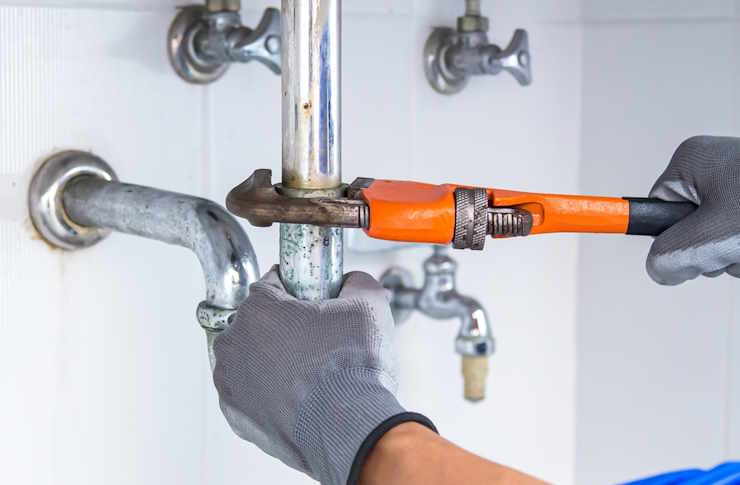Faucets: Practical Guidance for Choice, Use, and Maintenance at Home
A faucet is a small but essential fixture in any home, controlling water flow at sinks in kitchens, bathrooms, and utility areas. Understanding how faucets work, what options are available, and how to maintain them can improve water efficiency, reduce leaks, and extend the life of sink fixtures. This article explains types, installation considerations, water flow and quality, routine maintenance, and selecting features that match your kitchen and household needs without assuming specialist knowledge.

How does a kitchen faucet work?
A kitchen faucet controls water delivery through internal valves or cartridges that mix hot and cold water and open or close flow. Common valve types include compression, ceramic disc, ball, and cartridge mechanisms; each has distinct durability and maintenance traits. Modern faucets often include aerators to shape flow and reduce splashing while conserving water. Pull-down and pull-out spray designs add flexibility for rinsing. Understanding the internal mechanism helps when diagnosing drips or low pressure and when communicating with a repair technician or local services.
What should I consider for faucet and sink layout?
When choosing a faucet, consider sink hole count and deck or wall mounting. Single-hole faucets fit one opening, while centerset and widespread faucets require two or three holes and specific spacing. Match the faucet spout reach and height to the sink bowl dimensions so water lands near the center and avoids splashing. Factor in clearance under overhead cabinets and the ability to swing or retract pull-down sprays. For installations, confirm compatibility with existing plumbing and whether adapters or a new sink cutout will be needed before hiring local services for installation.
How does a faucet affect water flow and quality?
A faucet’s design and components influence flow rate, aeration, and, indirectly, quality. Aerators reduce flow while maintaining perceived pressure, lowering water use without compromising rinsing. The finish and internal materials (brass, stainless steel, or plastics) affect longevity and corrosion resistance; choose materials certified for potable water contact. For homes with water quality concerns, under-sink filters or filtered-faucet options can be integrated. If you notice discolored flow or sediment, check supply lines, aerators, and consider testing your home water to identify source issues before replacing the faucet itself.
How to maintain and clean faucets at home?
Routine maintenance extends a faucet’s service life and keeps water flowing properly. Clean aerators periodically to remove mineral buildup: unscrew them and soak in vinegar if needed. Wipe finishes with mild soap and a soft cloth; avoid abrasive cleaners that damage coatings. For leaks, determine whether the issue is the cartridge, O-rings, or supply connections; many cartridge replacements are straightforward with the right replacement part and basic tools. If you are uncomfortable, schedule local services for inspection. Keep manufacturer instructions handy for recommended maintenance intervals and part numbers.
How to choose faucet features for the kitchen?
Select features based on how you use the sink: pull-down sprayers for flexible rinsing, a high-arc spout for filling large pots, or integrated soap dispensers for convenience. Consider water-saving features such as lower flow rates and touch-activated or hands-free sensors to reduce water waste during food prep, but weigh battery or power needs and potential maintenance. Finish selection should balance aesthetic preference and durability—brass and stainless finishes resist corrosion better than some plated options. Finally, review warranty terms and available replacement cartridges or parts to simplify future repairs.
Conclusion
Choosing and caring for faucets involves matching function to the sink and household routines, selecting durable materials, and performing basic maintenance to prevent leaks and preserve water flow. Whether upgrading a kitchen faucet, adjusting a sink layout, or troubleshooting flow and quality issues, understanding how faucets operate and what features matter will help you make decisions that align with your home’s use and long-term durability.






